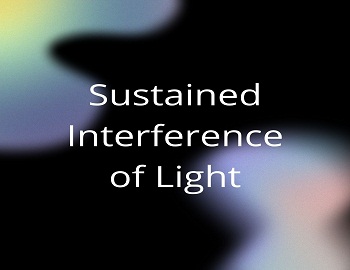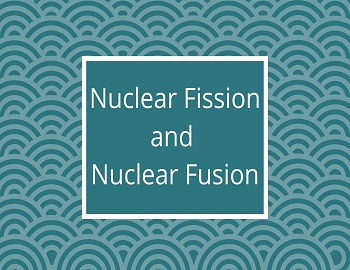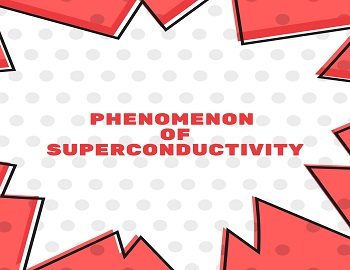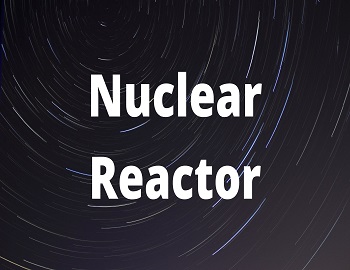What is Franck Condon Principle?
The electronic transitions occur so quickly that a vibrating molecule does not change its internuclear distance appreciably during the transition.
It can be explained as below-

Consider a potential energy diagram where E0 is the energy of the ground state and E1 of the excited electronic state. The two curves show the variation in electronic energy with internuclear separation in the two states. The vibrational energy levels are shown as horizontal lines.
If a molecule absorbs quantum in the ground state E0, then its transition to excited state must occur along a straight line.
This is because nuclei are heavy and sluggish as compared to electrons. An electron undergoes a transition in about 10-16 sec, which is very short as compared to the period of vibration of atomic nuclei (i.e., 10-13 sec). So the internuclear distance in the excited electronic state remains the same as it was in the initial ground state before the time of electronic transition. So the transition is shown by a vertical line. An upward arrow is drawn for absorption of energy and a downward arrow for emission of energy.
Now there are four possibilities w.r.t the internuclear distance.
(1) First Possibility- In this case upper electronic state (E1) has the same internuclear distance as the lower electronic state (E0). Now according to Franck Condon Principle transition occurs vertically along a straight line. If the molecule is in V = 0 vibrational level of lower electronic state E0, then the strongest spectral line will be obtained if the molecule undergoes a transition to V‘ = 0 of upper electronic state (E1).
The transition of other levels gives rise to spectral lines that diminish rapidly in intensity.

(2) Second Possibility- In this case, the upper excited electronic state has a slightly smaller internuclear distance than the lower electronic state (E0). In such a case a vertical transition from V = 0 level will be most likely to occur into the upper vibrational level V’ = 2 of E1. The probability of transition to other levels is less.

In general transitions to upper levels depend upon the difference between equilibrium separations in the lower and upper states.
(3) Third Possibility- In this case, the upper excited state has a slightly larger internuclear separation than the ground state. The resulting transitions and spectrum are similar as above.

(4) Fourth Possibility- In this case, the upper excited electronic state has considerably greater separation than that in the lower electronic state. In such a case transition will occur to a higher vibrational level (V’) of the upper electronic state (E1) from the lower electronic state (E0).

Further transitions can now occur to a state where the excited molecules have energy greater than their own dissociation energy. From such states, the molecule will dissociate into atoms.









Comments (No)